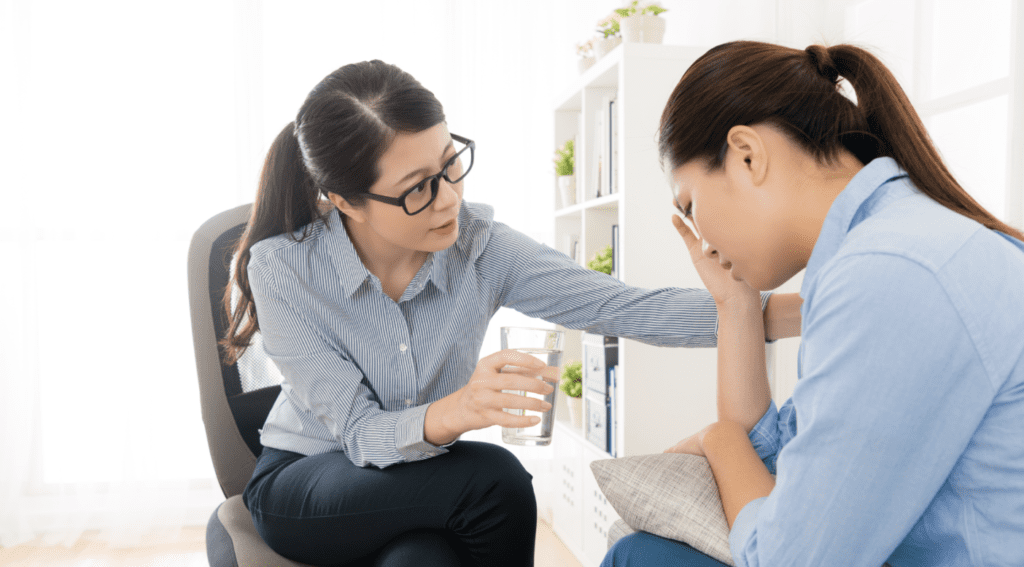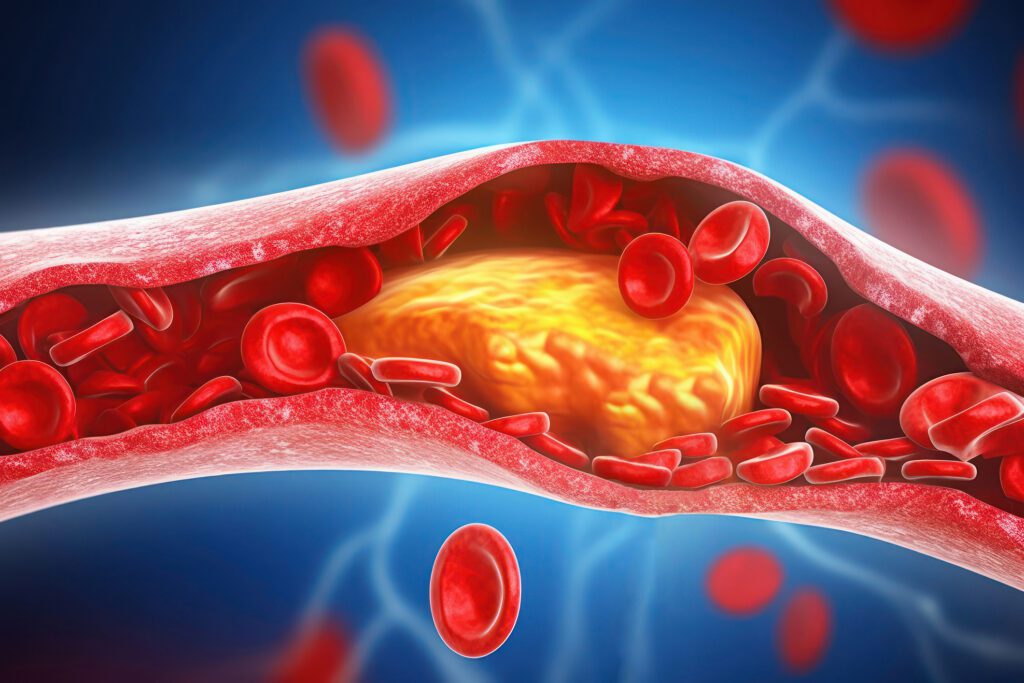Feeling blue? It may be more than just the rainy weather that’s got you down. Seasonal affective disorder can affect all aspects of your life, from interpersonal relationships, to work and family life. This is a type of depression that’s directly related to the seasons.
It’s important to take these feelings seriously and avoid brushing it off as simply feeling down. SAD has been linked to drops in serotonin levels caused by reduced sunlight. This can trigger feelings of deep sadness and depression. The good news is, there are steps you can take to help improve your mental health and outlook naturally during the winter months.
What symptoms are associated with SAD?
Symptoms of SAD can vary greatly between people, that is why it is so important to consult with a healthcare professional. However SAD typically presents in a variety of different symptoms:
- Feeling sad, depressed and hopeless (often in winter months)
- Feeling frustrated, angry or short tempered
- Uninspired and unmotivated
- Indecisiveness, confusion and ‘brain-fog’
- Unusual dietary cravings and weight gain
- Excessive exhaustion and tiredness
- Social withdrawal and other antisocial behaviour
- Mood is directly affected by the weather
Although SAD is typically associated with the winter months, it can occur in the spring and summer as well. If you notice you are experiencing symptoms of SAD, do not invalidate your feelings based on the season, you should still consult with a professional to learn about a treatment plan.
Are some people more likely to get SAD?
SAD can happen to anyone however, if you have a history of depression, bi-polar disorder, or a family history of SAD, you are potentially at a higher risk. It is also more common in women than in men and typically presents in adulthood.
It is not often seen in children. Lastly, your location plays a big role in your susceptibility, with cases growing higher farther north of the equator. Those who live in places with long winters and heavy snowfall are much more likely to experience SAD during the winter months.
What should I do if I think I have SAD?
If you think you have SAD, book an appointment with your family doctor or local walk-in clinic. Explain the symptoms that you are feeling and work with them to build out a treatment plan specific to your needs.
If you are looking for a natural approach to treatment, our clinic has a variety of naturopathic options that can be used on their own or in conjunction with treatment prescribed by your doctor in order to treat SAD.
The last thing you want to do is wait for SAD to get worse. It’s best to be proactive and let a medical professional know how you feel. Keep in mind that it is always an option to get a second opinion as well when it comes to your medical needs, so do not hesitate to visit a variety of different healthcare professionals. When it comes to mental health, you know your body and you know when things are not right, so never hesitate to keep looking if you feel you are not being heard by your doctor.
How is SAD diagnosed?
SAD is diagnosed by a medical professional. It is important that you tell your doctor all of the symptoms you are feeling during your consultation as this will help them best determine the additional tests necessary in your diagnosis. After your initial consultation, your doctor may choose to send you to the lab for blood tests.
This can be to check certain levels of vitamins, minerals and hormones in your blood, blood tests can also be used to rule out other related disorders. Lastly, your doctor may choose to refer you to a psychologist for further psychological assessment if needed.

How is SAD treated? Can I do it naturally?
Neurotransmitter Testing
Neurotransmitter testing is a safe, naturopathic treatment for SAD offered at our clinic. This test is used for anyone suffering from various types of anxiety and depression. Neurotransmitter testing is a way for patients to identify neurotransmitter imbalances such as enzyme deficiencies or limitations metabolizing serotonin, dopamine and GABA. These tests can help your doctor plan a more tailored treatment plan to meet your specific needs.
Light Therapy
Light therapy is a safe and beneficial way to aid in treating symptoms of SAD. Low sunlight and shorter days are linked to chemical changes in the brain. Light therapy re-introduces adequate levels of ‘sunlight’ in order to combat these symptoms.
Medical Intervention
In some cases, medical intervention may be the best option for patients experiencing SAD. Your doctor will prescribe antidepressants and additional supplements as needed based on the severity of your case.
Talk Therapy
Your doctor may refer you to a psychologist to aid in treating SAD. Often, talking and working with a therapist can be beneficial for those experiencing SAD.
Vitamin and Mineral Supplements
Often, natural vitamins and minerals from sunlight and from certain summer fruits can be beneficial in treating the symptoms of SAD. Be sure to get plenty of Vitamin B12, C and D during the winter months, as well as melatonin if you are experiencing difficulty sleeping.
You don’t need to dread fall and winter.
The fall and winter months are filled with special holidays, events and family gatherings that you don’t want to miss out on. There are so many enjoyable aspects of these seasons. That’s why it is so important to diagnose and treat SAD early, in order to help you get back to normal quickly. At our clinic we offer naturopathic treatment for SAD, get holistic, safe and healthy treatments for coping with, curing and preventing SAD. Do not hesitate, book your consultation with Dr. Emina today.






